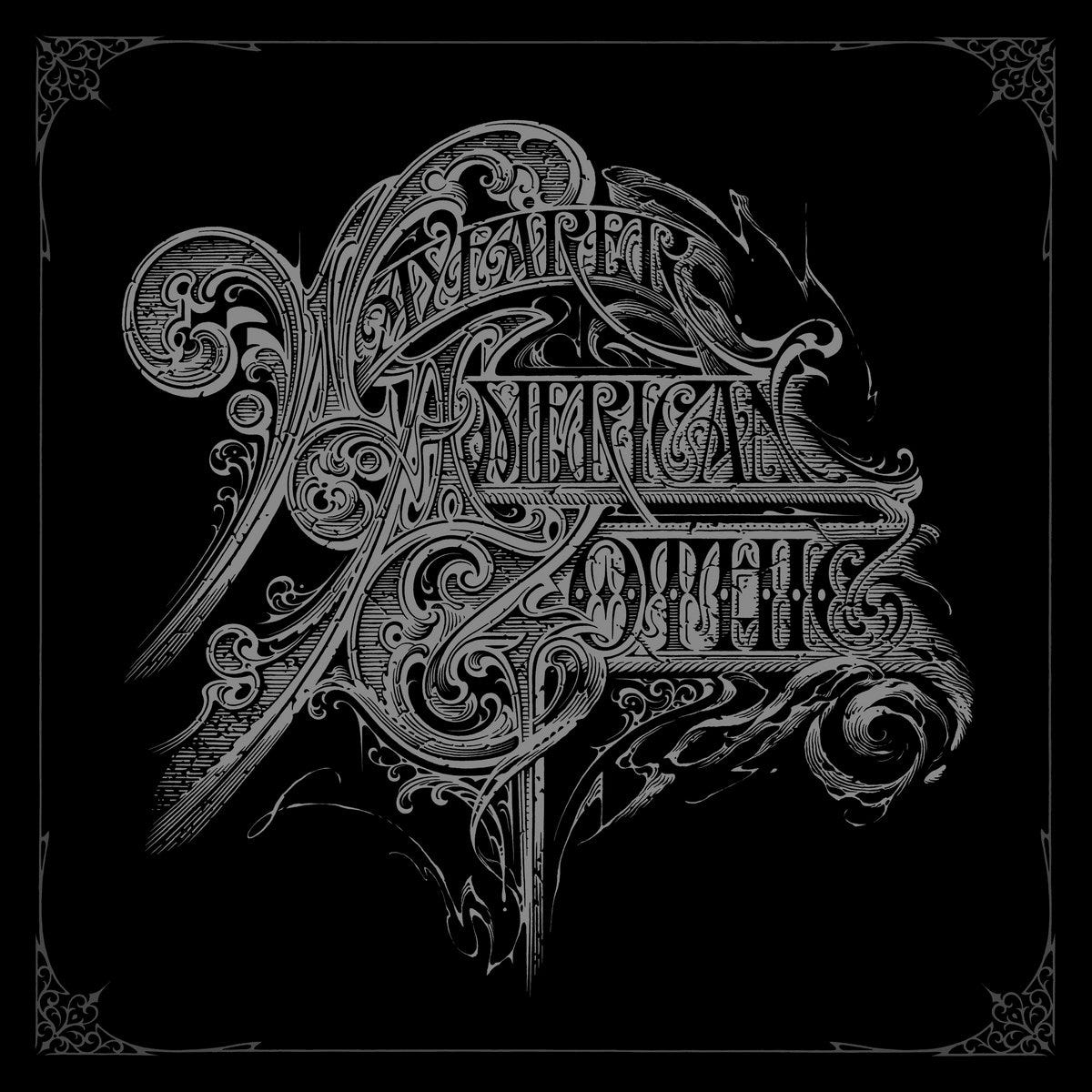Wayfarer - American Gothic
An autopsy of the American Dream
Continuing the pioneering journey set upon in their prior releases, Wayfarer’s American Gothic examines the death of the American Dream as it was seen through the eyes of hopeful settlers of the Wild West.
Metal Archives | Bandcamp | Spotify | Apple Music | YouTube

Since their third album, World’s Blood, Wayfarer has put forth a unique brand of atmospheric black metal that draws upon sounds typical of Southwestern country music. While Wayfarer has always made a distinctly Western brand of black metal, the pioneering sound of World’s Blood brought forward a “trve” approach to American black metal by weaving extreme metal with American traditionalism. It achieves this on many layers: plucky acoustic guitar tones, a William Tell Overture-style cadence to the riffs, and lyrics telling of European settlers’ own bloodstained pioneering into the American West. With the reverence towards Native Am…



